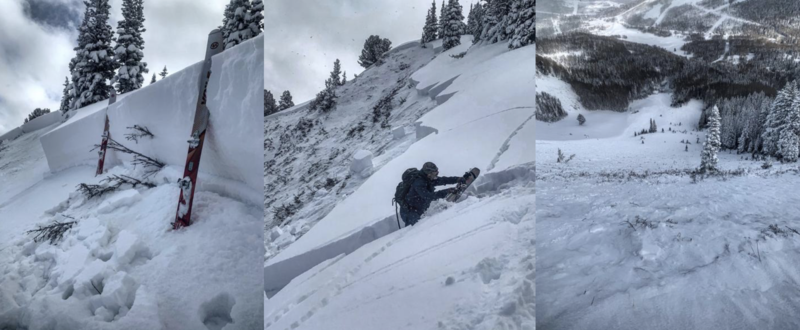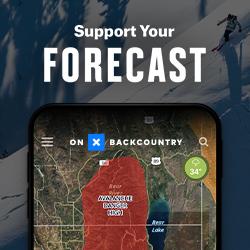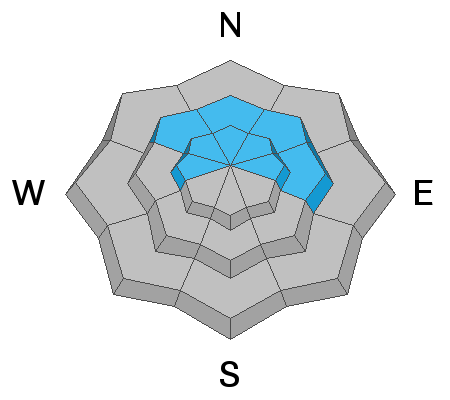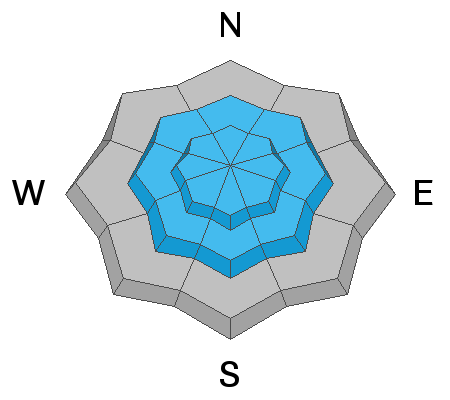Forecast for the Salt Lake Area Mountains

Issued by Trent Meisenheimer on
Sunday morning, December 1, 2019
Sunday morning, December 1, 2019
Today, the avalanche danger is HIGH on mid and upper elevation aspects facing northwest to northeast. The danger is CONSIDERABLE on mid and upper elevation slopes that face west and east. Dangerous and deadly slabs of snow hang in balance awaiting a trigger. The strategy in simple AVOID AVALANCHE TERRAIN ALTOGETHER.
There is no secret, if you head to steep northerly facing terrain you will find a deep and deadly avalanche. Avalanches can be triggered from a distance. Avoid being on, underneath, or adjacent to any steep slope.
Slopes facing southwest through southeast that do not harbor old weak faceted snow have a MODERATE danger for wind drifted snow issues.
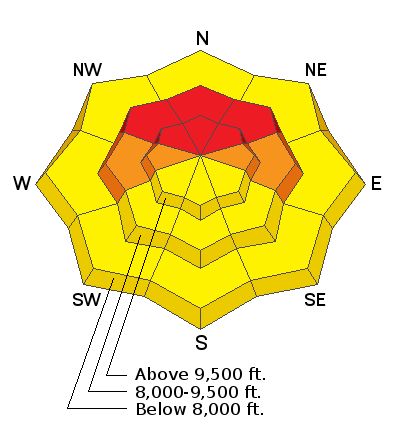
Low
Moderate
Considerable
High
Extreme
Learn how to read the forecast here



